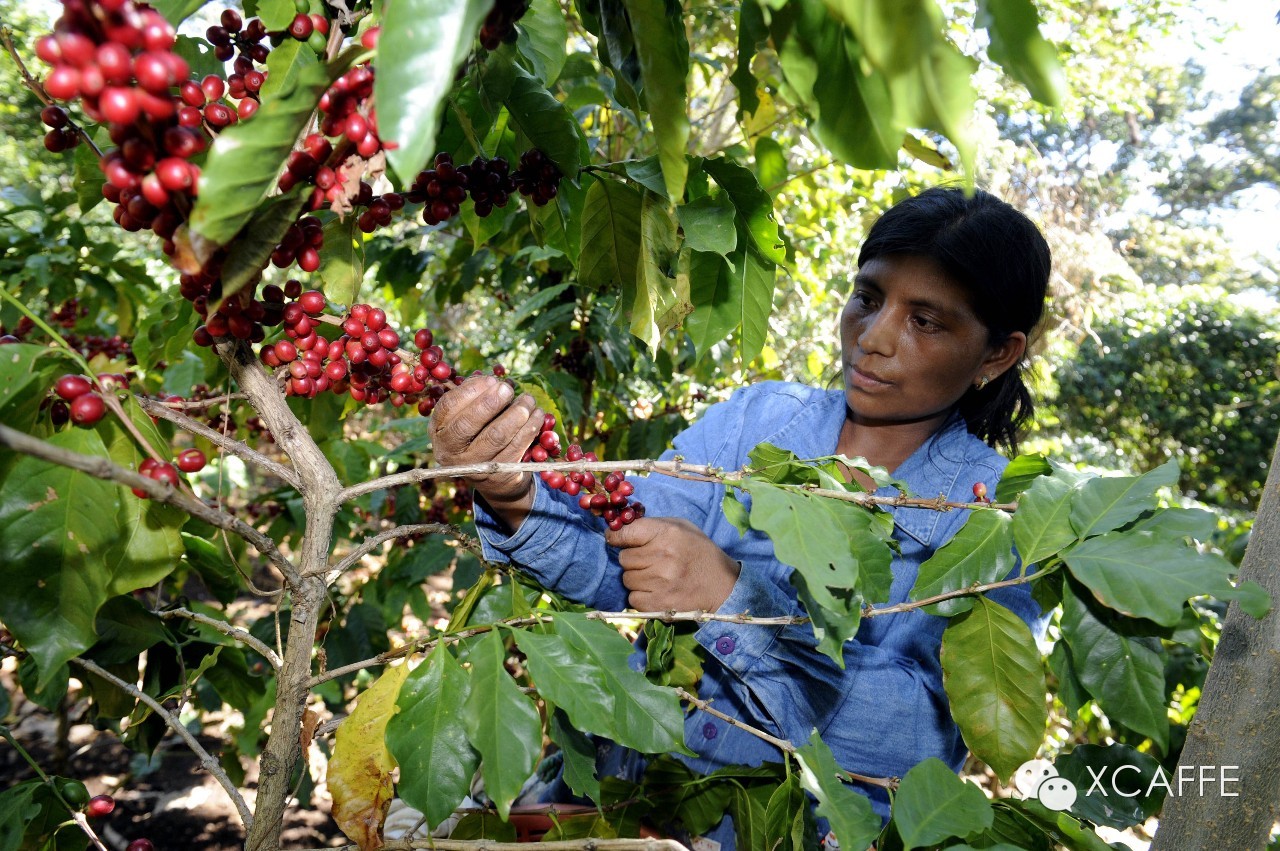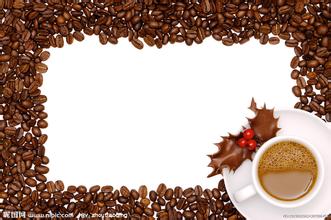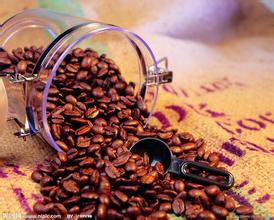The excellent Nicaraguan coffee is among the top blends in the world.
The term boutique coffee was first coined by Ms. Knudsen in Coffee and Tea magazine in the United States, when Ms. Knudsen served as B.C. Ireland's coffee buyer in San Francisco, she is very dissatisfied with the industry's neglect of green coffee bean quality, and even some large roasters mix a large number of robersta beans into the mixed beans, so she proposed the concept of fine coffee to advocate the industry to improve quality. The term is used to describe coffee beans that have distinctive flavor characteristics and are grown in special environments. Its use at international coffee conferences spread quickly.
Nicaragua coffee is one of the best in the world. It is mild and delicious, medium-sized and very aromatic. In many countries coffee production has been severely affected for political reasons. The coffee industry in Nicaragua is no exception. The revolution of 1979 forced coffee growers to flee to Miami. A period of uncertainty ensued as the Government considered whether to reallocate land, including many plantations, resulting in a shortage of coffee supplies and a decline in production from more than 1 million bags in the early 1970s to less than 600,000 bags in 1990. Now that the government has liberalized the coffee industry, private owners control the market. The best Nicaragua coffee is grown in the north and centre of the country, with the best coffee grown in Jinotega, Matagalpa and Nuevo Segovia. The best Nicaragua coffee falls into the category of Central Estrictamendte Altura coffee, which is very pleasant with moderate acidity and aroma. The poorer quality beans are widely used in coffee blends.

Important Notice :
前街咖啡 FrontStreet Coffee has moved to new addredd:
FrontStreet Coffee Address: 315,Donghua East Road,GuangZhou
Tel:020 38364473
- Prev

Introduction to the products, types and quality of coffee all over the world
⑴ Mogaga actually used to be the place of export of Arabica coffee, not the place of origin. Now the trade export port of Arabica coffee has been transferred to southern Asia.
- Next

Introduction of coffee knowledge products and roasting degree
1. The taste of roasted coffee varies with the type of coffee beans, the method of grinding, the degree of roasting, and the quality. The type of beans is an essential problem, but the grinding method and the degree of baking are subjective human factors. Basically, coffee is made through the process of harvest selection, roasting, grinding and extraction, but the most important roasting skill is to control the taste of coffee.
Related
- Does Rose Summer choose Blue, Green or Red? Detailed explanation of Rose Summer Coffee plots and Classification in Panamanian Jade Manor
- What is the difference between the origin, producing area, processing plant, cooperative and manor of coffee beans?
- How fine does the espresso powder fit? how to grind the espresso?
- Sca coffee roasting degree color card coffee roasting degree 8 roasting color values what do you mean?
- The practice of lattes: how to make lattes at home
- Introduction to Indonesian Fine Coffee beans-- Java Coffee producing area of Indonesian Arabica Coffee
- How much will the flavor of light and medium roasted rose summer be expressed? What baking level is rose summer suitable for?
- Introduction to the characteristics of washing, sun-drying or wet-planing coffee commonly used in Mantenin, Indonesia
- Price characteristics of Arabica Coffee Bean Starbucks introduction to Manning Coffee Bean Taste producing area Variety Manor
- What is the authentic Yega flavor? What are the flavor characteristics of the really excellent Yejasuffi coffee beans?

